As China’s Gen Z youth comes of age, they will become one of the most prized groups of Chinese consumers. But there’s one problem that is plaguing marketers: surveys of these young, affluent consumers frequently report that when it comes to brands, Chinese Gen Z shoppers are extremely disloyal. So, the big question on many marketers’ minds is, “how to earn brand loyalty from Chinese consumers?”
There’s no mistaking the apparent fickle nature of Chinese Gen Z. Time and time again, surveys of young Chinese consumers have reported that they are not particularly attached to any one brand, and will readily switch over to a competitor. Of course, this has major implications for retention marketing. Fickle consumers make the task of building brand loyalty more difficult and costly, yet simultaneously more critical to a brand’s success. One Nielsen report said that “With the overwhelming majority of consumers actively or passively open to unfaithful actions, the risks for brand owners have never been greater.”
The trend towards disloyalty is not limited to Chinese Gen Z consumers, either. A March 2018 Daymon Worldwide study revealed that less than one-third of millennials surveyed buy the same brand, but the number is higher for those millennials that are part of a loyalty program. Changes in the ways people make purchases have seeded the trend, particularly online shopping, with live streamers and other KOLs often a key touchpoint in the sales funnel. Consumers are spending less time in brand-owned spaces, whether physically or virtually, and that means brands have lost control of the narrative. Consumers have access to more information than ever, and Chinese consumers are famously fastidious in researching and testing products before completing a purchase. All of this makes it easier for consumers to buy once from a brand without becoming repeat customers.
How to Earn Brand Loyalty From Chinese Gen Z?
Some brands might conclude that the best response to disloyalty is to double down on innovation, rush newer products to market or boast about flashy new features. However, this Nielsen study rejected the notion that brands can innovate or even price-cut their way out of the brand loyalty problem. Instead, Nielsen’s takeaway was that brands should focus on strengthening the brand itself. “‘Conventional’ product innovation is no longer about being first to market, delivering the next best attribute or even greater value, but extends to identifying a brand’s larger purpose, for connecting with more discerning and fickle Chinese consumers.” the report said.
Customers may be more disloyal than ever, but that doesn’t mean they don’t respond to appeals to loyalty from brands. For one thing, Chinese consumers are far more likely to buy from brands that run a loyalty program, so these remain a core component of retention marketing. Nielsen’s report found that 86 percent of Chinese respondents “agree that all other factors equal, they will buy from a retailer with a loyalty program over one without.”
How brands design these brand loyalty programs, and where they place their focus, is important. Where Western brands have traditionally emphasized penetration and relentless growth to bring more Chinese Gen Z consumers into their brand loyalty programs, brands in China have succeeded by paying closer attention to creating high-quality loyalty and rewards experiences.
Case study: Dyson
Dyson starts aggregating loyal customers with its product as a hook—each one sold in China is labeled with a unique QR code, which customers can scan to activate their warranty. Dyson inputs this product registration information into a sophisticated CRM and marketing automation platform, which segments customers for personalized communication, cross-selling, loyalty/advocacy campaigns, and data analytics tracking.
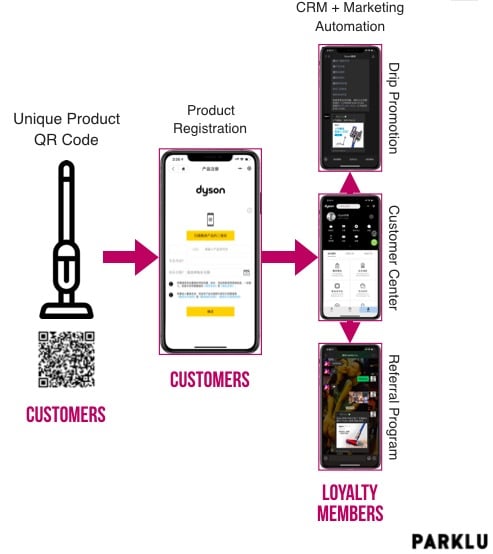
Because Dyson knows which products a customer bought and when it can send customers personalized reminders to buy things like filters on its e-commerce platform. Aggregated customer purchase tracking then tells Dyson which other products to push in drip promotion campaigns, and Dyson can also create referral rewards campaigns offering existing customers customized offers for family and friends.
This approach is more personalized and culturally sensitive—and driven by data. Brands use these programs to collect member data, then use that data to tailor offerings to the higher-value customers. The experience that customers have as members of loyalty programs will incentivize—or disincentivize—future purchases. Many Western brands sign members up to loyalty programs, but the experience of being a member may ring hollow, with few obvious perks and little sense of truly being part of something unique or special.
In contrast, the best loyalty programs in the Chinese market offer a genuine sense of community, regular rewards, and special offers. Chinese Gen Z consumers even value simple yet highly personalized gestures like receiving a happy birthday wish from the brand. Focusing on the core, high-value customers are more likely to persuade those customers to make repeat purchases—and bigger purchases. In the process, those consumers will elevate the status associated with the program, which is likely to have a ripple effect on consumer perceptions of the brand’s value. By providing a better shopping experience, the brand increases the likelihood that it can attract and retain more of its core target Chinese Gen Z consumers.
Brands should be clear on how they define “loyalty.” It’s more than just repeat buying, which might be considered “habit,” but absent an emotional component. True loyalty means inspiring not just repeat purchases, but a sense of positive sentiment and dedication to purchasing from a brand that cannot easily be swayed by an offer from a rival brand, product or service.
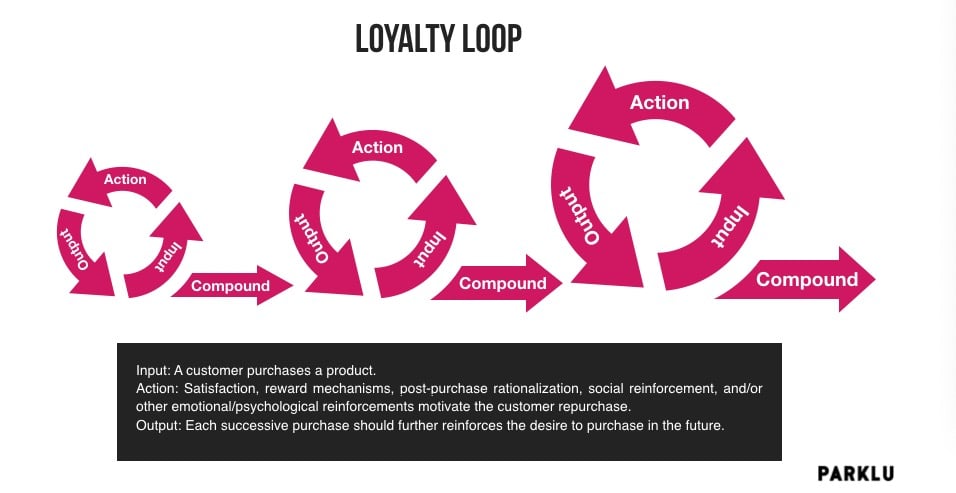 The loop that brands should aim to cultivate starts with a customer making their first purchase. All kinds of factors will have played into that first purchase, from brand awareness and curiosity to price, recommendations (potentially from top-tier KOLs, as well as friends and family), research, and trying out the product. After this initial purchase, the customer’s personal experience with the brand will be a key factor in motivating repeat purchases. Brands should consciously build triggers into the post-purchase experience to encourage the customer towards that second and third purchase. Reward mechanisms, social reinforcements, loyalty programs, and entry into private traffic communities can all play a role in powering brand loyalty. With each new purchase, the customer’s loyalty loop grows stronger.
The loop that brands should aim to cultivate starts with a customer making their first purchase. All kinds of factors will have played into that first purchase, from brand awareness and curiosity to price, recommendations (potentially from top-tier KOLs, as well as friends and family), research, and trying out the product. After this initial purchase, the customer’s personal experience with the brand will be a key factor in motivating repeat purchases. Brands should consciously build triggers into the post-purchase experience to encourage the customer towards that second and third purchase. Reward mechanisms, social reinforcements, loyalty programs, and entry into private traffic communities can all play a role in powering brand loyalty. With each new purchase, the customer’s loyalty loop grows stronger.
The following are examples of reciprocity from brands that can be triggered once a customer has made a purchase:
Points: Purchase, referrals, participation, etc.
Services: Delivery, consultations, installations, etc.
Gifts: Registration, birthdays, anniversaries, etc.
Samples: Purchase, new product launch, user testing, etc.
Contests: Lucky Draws, referrals, UGC, etc.
Content: Livestreams, consultations, tools, etc.
Recognition: Social shout-outs, personalized communication, gifts, etc.
Access: Pre-order, customizations, events, etc.
Brands should also consider the intangible aspects that motivate loyalty from a customer—their perception of a brand, which is determined by everything from the seemingly most minute—think aspects of service like the cleanliness of bathrooms in a store—to customer-employee relationships—do the employees hired reflect who the customer is or aspires to be?
Below are further examples of brand loyalty intangibles brands take into consideration:
Branding: The only subjective measure of beauty that matters is the aesthetic sentiment of the customer.
Marketing: The perception of quality can be more important than the actual quality.
Service: From greetings to the cleanliness of bathrooms, service signals the degree to which a brand cherishes customers.
Employees: Take the target consumer and mirror that persona internally. Employees should reflect on customers.
Innovation: Seeming innovation gives customers a sense that they themselves are evolved and better adapted for the future.
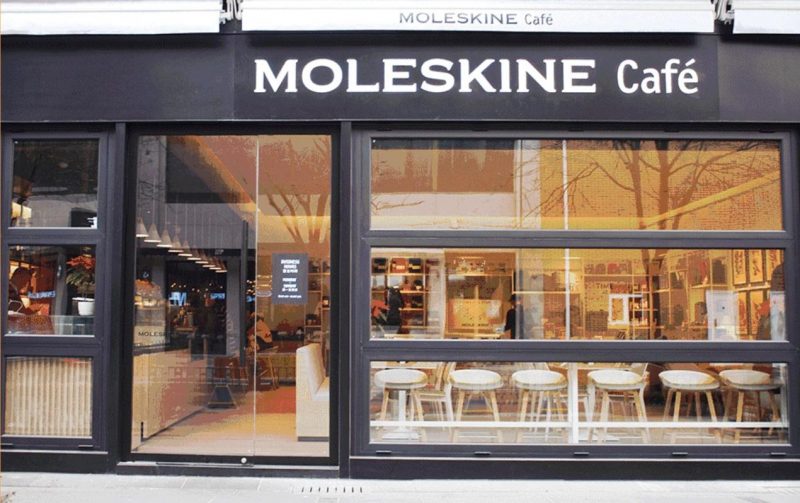
Real-world examples of brands creating equity to drive brand loyalty include pop-up cultural events and programming. In Beijing, Moleskine launched a cafe in 2018 to further cultivate its creative community, offering a hub both for work and for artistic programming. Brands like Universal Standard and Lululemon even leverage their retail spaces as exclusive destinations for socializing and community building, workshops, classes, and more.
Case study: Nike
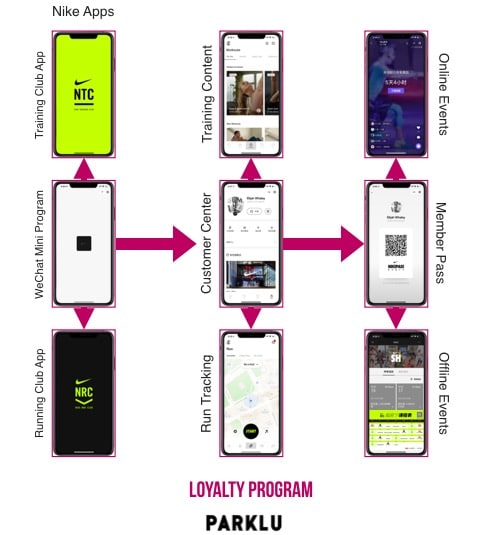
Nike’s loyalty program is all about freely giving away value well beyond its core products. Its membership starts with registering on Nike’s NRC/NTC apps or the WeChat Mini Program. Members then have access to a wide range of benefits, but the company’s main value propositions for members center around training programs, performance tracking, and online/offline events with professional trainers. Members can register to participate in regularly held online and offline activities with professional trainers. Other benefits include early access to new products, birthday gifts, discounts, customized experiences, training and nutrition content, live streams from local professional coaches, fitness tracking, and personal workout consulting.
Brands that drive clout and culture—the intangible aspects of brand loyalty—may ultimately create more than just loyal customers. A rising cohort of dedicated shoppers may be better defined as “fansumers”, a term that, according to WGSN is an “emerging shopper group that proactively participates in branding, promoting, and producing goods. The term ‘fansumer’ was coined by Seoul National University’s Consumer Trend Centre, where it saw the rapidly evolving K-pop fan culture starting to influence other industries.”
These Chinese Gen Z consumers are more than just opinionated—social media gives them the tools to be active “co-creators” of the brand and product they want to see most. They utilize online social platforms to provide feedback, criticism, and solutions to help shape a brand’s decision-making, and brands that work to both listen and drive this level of ultra-engagement through strategies such as community building. will develop strong connections with this consumer group that will pay off in the long run.
PARKLU BRAND APP
Making KOL relationship management easy!
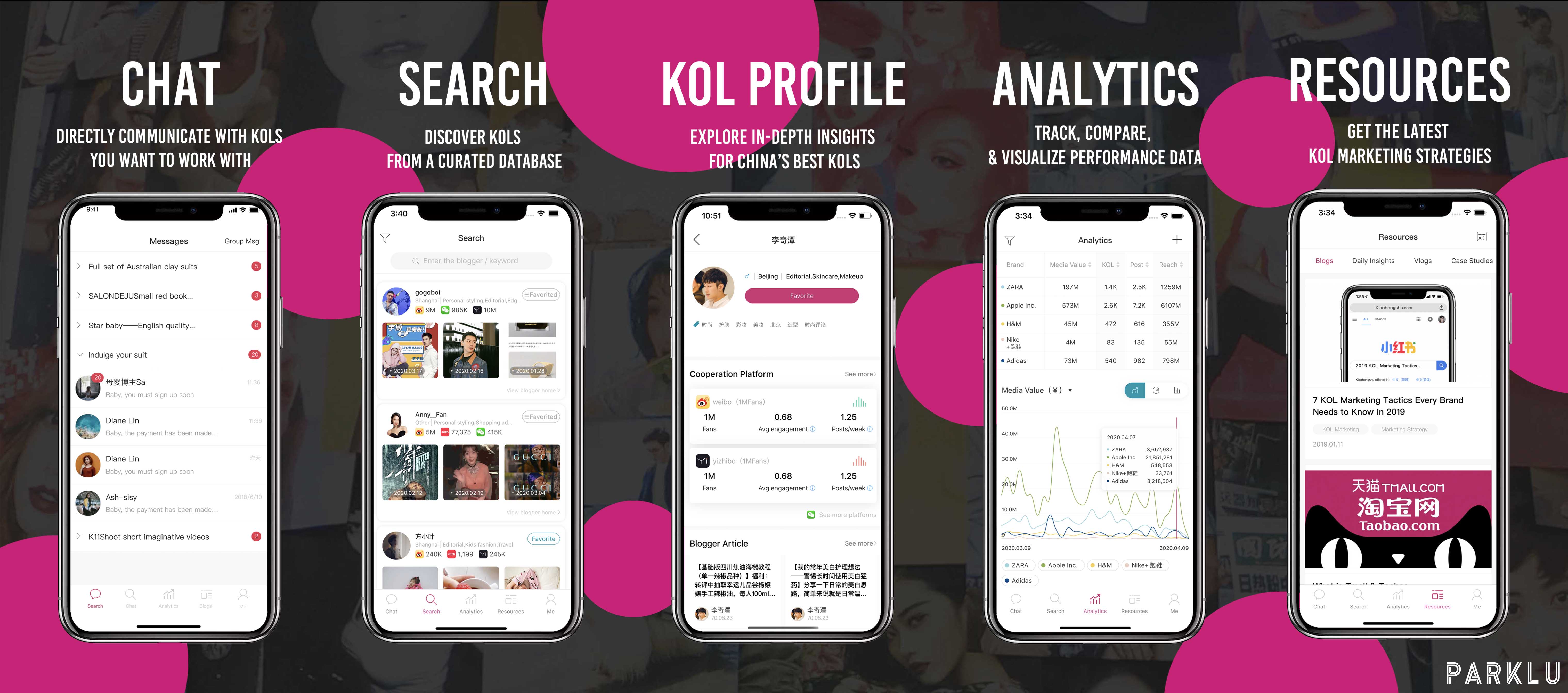
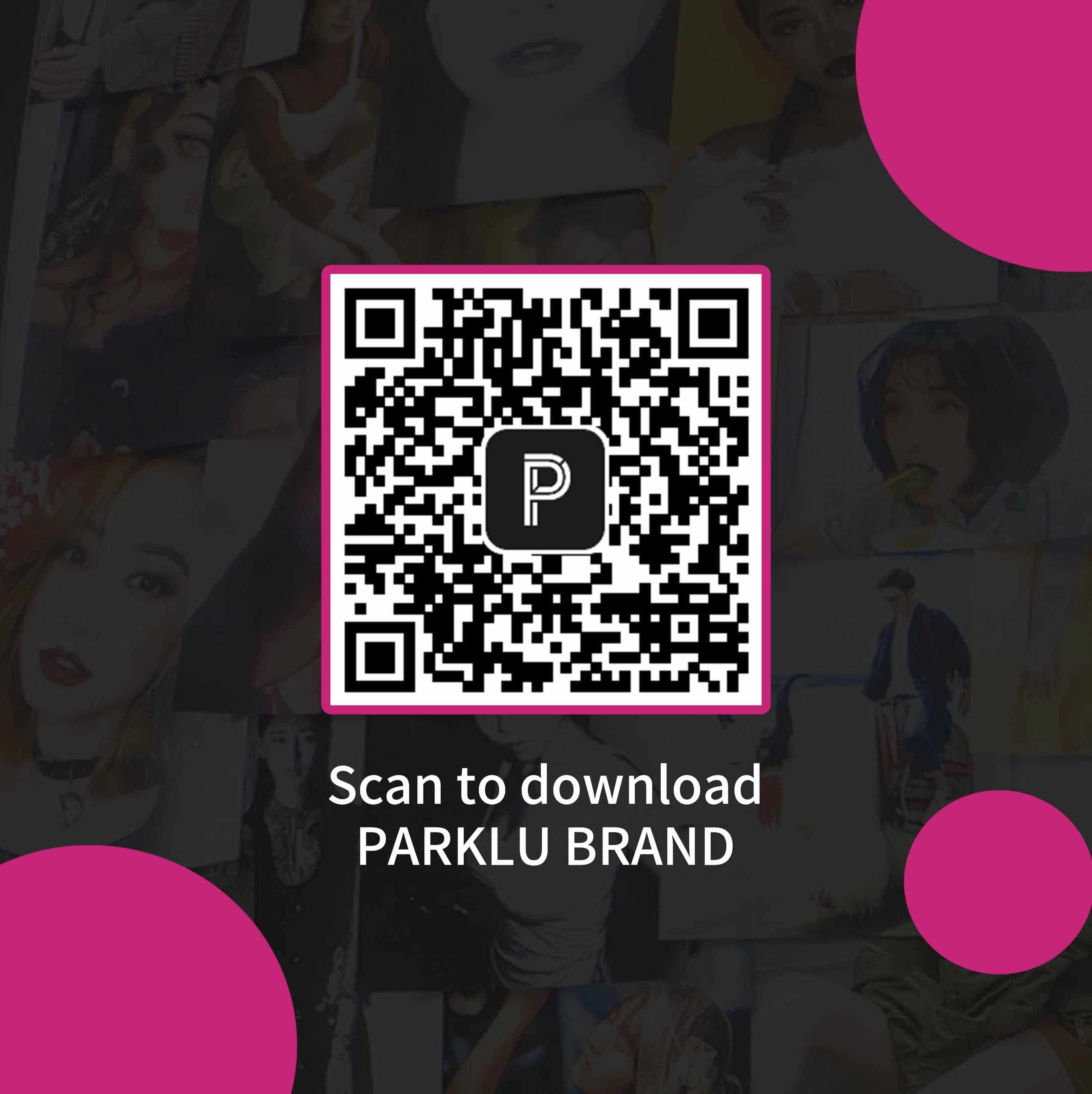

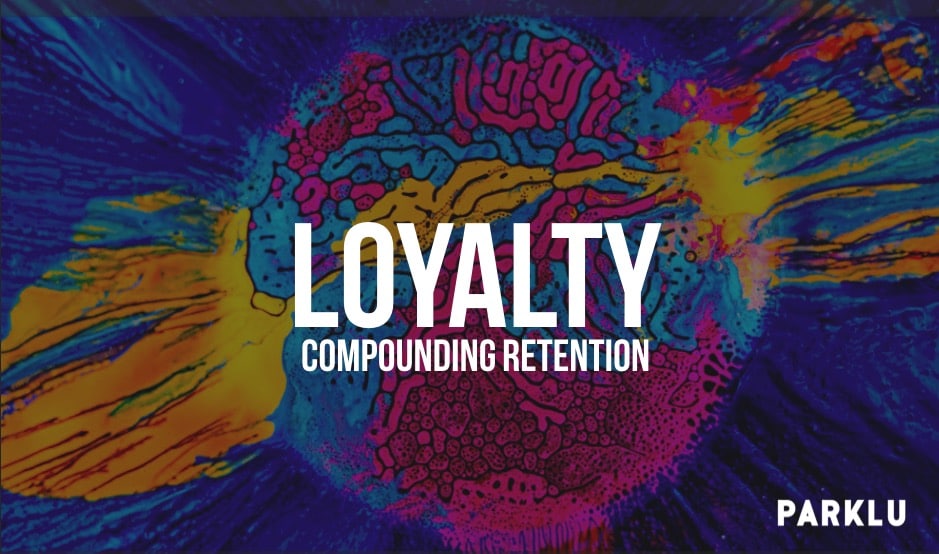




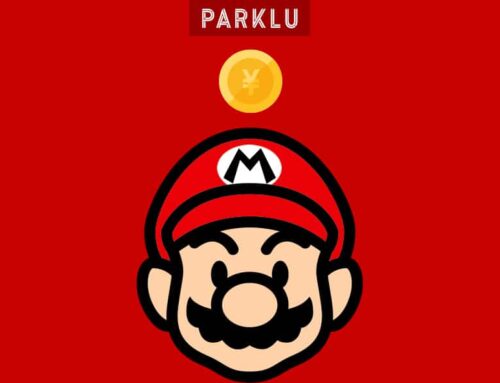

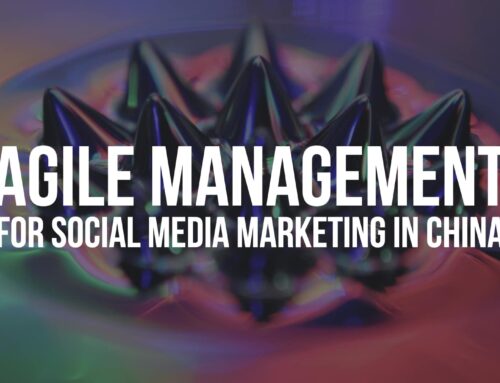
Leave A Comment